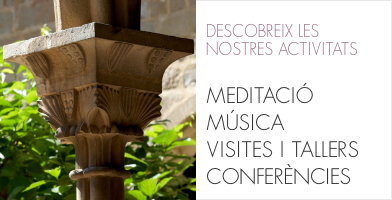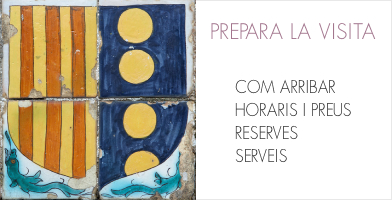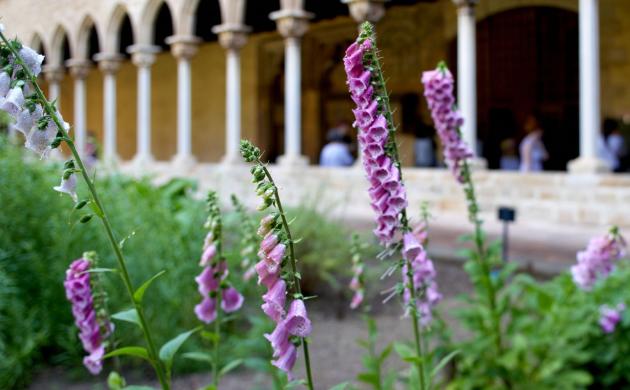
El blog del museu
Títol
Medieval medicine at the monastery
Created date
Introducció
The medicinal garden at the cloister of the monastery presents a hypothetical recreation of a medieval herbal fully functional.
parallel to the theological concern for the healing of the soul, medieval medical practitioners recovered Greco-Roman medical science thanks to Arab-Islamic culture, adapting and perfecting their knowledge through the school of Salerno from the 11th to the 13th centuries.
Authors such as Galen (ca. ad 130-ca. ad 200) and Pedanius Dioscorides (1st century ad) became the source of all the medieval medical treatises. Galenic medicine, which systematized the Greek heritage of Hippocrates (ca. 460 bc-ca. 370 bc), was based on the theory of humours, according to which all living things were composed of four elements: air, water, earth and fire. These four elements arose from the combination of four key properties forming opposite pairs: cold and heat, dryness and humidity. In humans, these four elements were identified with the four humours or substances: blood, yellow bile, black bile and phlegm. Illness arose when these humours became unbalanced. The humours were thought to originate from food and therefore illnesses were treated by restoring the balance of the humours through the right diet (which maintained the balance), and pharmacology (which corrected imbalances).
This healing principle was based on the theory that opposites cure each other: the principle of de contraria contariis. So doctors prescribed cold medicines for warm illnesses and dry remedies for wet illnesses. Any disorder in the humours produced harmful substances that the body had to remove in order to recover. For the preparation of remedies many substances were used. The majority, coming from the plant kingdom, were referred to as “simple”; minerals and metals were also used to a lesser extent.
The area of medicinal plants in the Royal Monastery of Santa Maria de Pedralbes is a hypothetical reconstruction of a medieval herb garden, based on treatises in the Book of Simple Medicine, written by the abbess, mystic, composer and German naturalist Hildegard of Bingen (1098-1179), and a Catalan translation of the De medicamentis simplicibus (Book of Simple Medications), by the Andalusian physician Ibn al-Wafid (1007-1067). Fifty perennial and deciduous, annual and biannual species with medicinal properties grow there, which the nuns employed to make their own remedies. All the parts of a plant might be used: the roots, trunk, branches, leaves, berries, buds, flowers and fruits, each with a different therapeutic purpose.
In order to present more details of the basic principles of medieval medicine, the activity “Herbarius. Plants and Remedies in the Middle Ages” has been organised for December 13th. It consists of a workshop led by a biologist and environmental educator who will take a practical approach to the presentation of the medieval knowledge and practice involved in the preparation of remedies used to cure imbalances in the body.
Enric M. Puga












